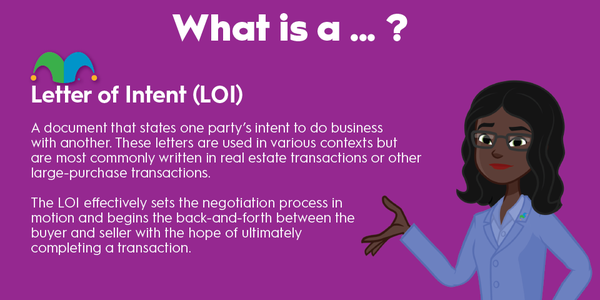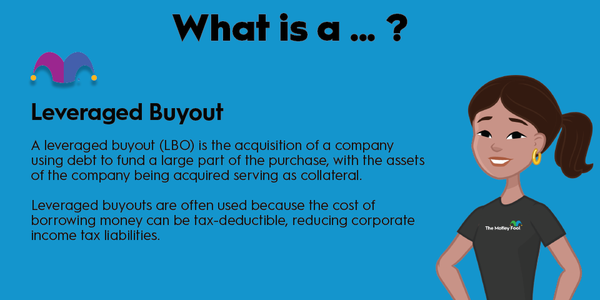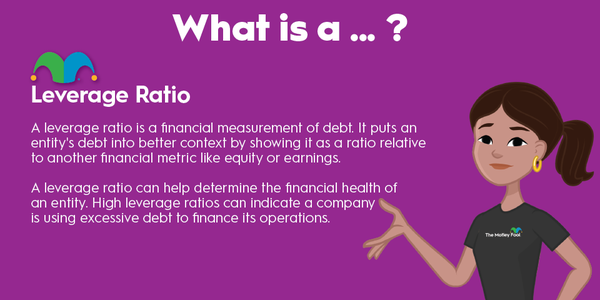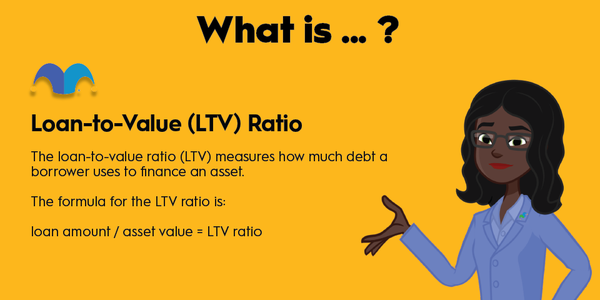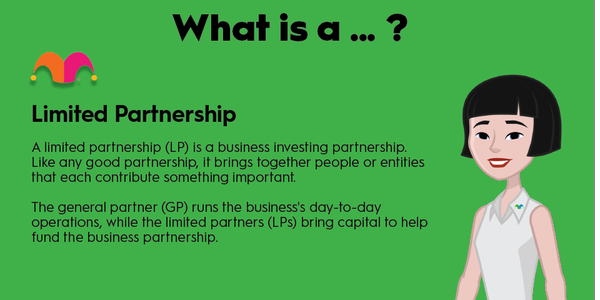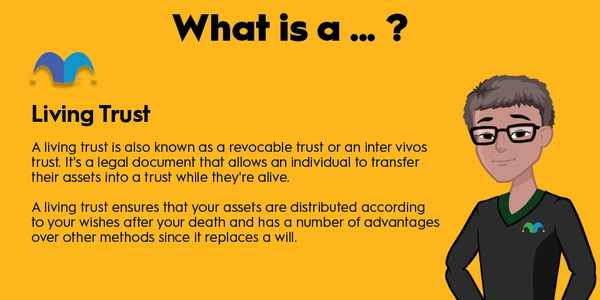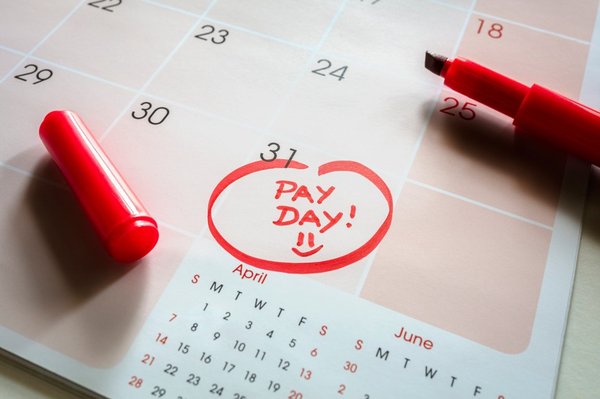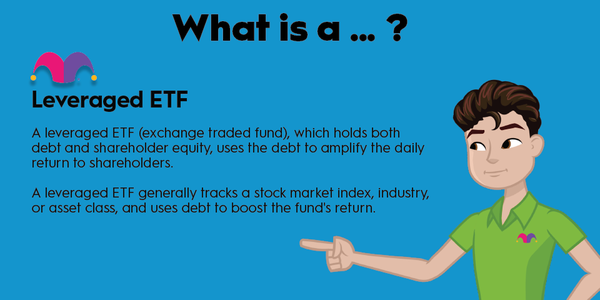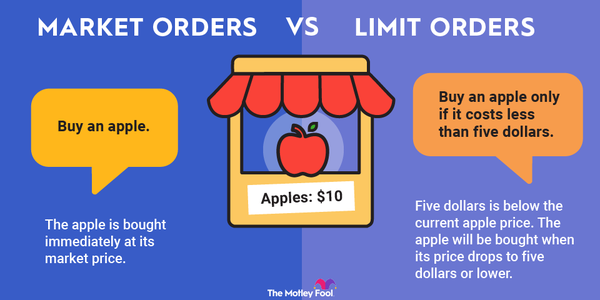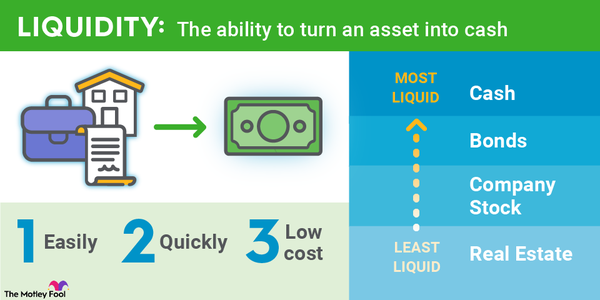Doing business across international borders can be a lot more complicated than people imagine. Transactions can be difficult; enter the letter of credit. Read on to find out more about this basic tool that helps businesses operate more smoothly.

What is a letter of credit?
What is a letter of credit?
A letter of credit is a document that a bank can issue to a manufacturer or other large seller of goods to guarantee that a buyer is able to pay their bill on time. It is common in international trade, where it can be difficult to quickly move money from one bank to another. If the buyer of the goods isn't able to pay, the bank still makes the seller whole.
Letters of credit can be transferable, allowing the beneficiary to assign someone else the right to draw from it. This other party might be a parent company or a third party. Not all are transferable, however, so if you're dealing with a letter of credit, make sure you understand the terms.
How it works
How a letter of credit works
A letter of credit isn't actual money, and it's not a credit line, but it is a promise to pay. It guarantees that the recipient of the letter will be paid by someone in the chain, which can make international trade a lot easier.
For example, if Bob is ordering widgets from a company in Japan for the first time, he might send a letter of credit with his order, knowing it can take a few days (or longer) for his actual payment to appear in the company's accounts. The letter gets the ball rolling, so to speak, and the order is fulfilled while the payment is in process.
If something goes wrong and the payment doesn't show up, or Bob ends up in bigger financial trouble than he could imagine at the time of sending the letter of credit, another party -- often his own bank -- will cover the cost to the Japanese company so that the seller isn't out anything from its good faith delivery of merchandise.
Letter vs. line of credit
What's the difference between a letter of credit and a line of credit?
There are several main differences between a letter of credit and a line of credit, even if they sound similar:
- A letter of credit is issued with one particular beneficiary in mind; a line of credit can be used to pay multiple different companies.
- A line of credit generally allows you to revolve your debt. A letter of credit is literally a promise to pay as soon as possible, with no revolving debt.
- Lines of credit can be open and good for many years. A letter of credit is often limited to one year or a single transaction, depending on the type of letter of credit you're using.
Related investing topics
Types of letters of credit
Types of letters of credit
There are several types of letters of credit available for someone pursuing an international transaction. They include:
- Commercial letter of credit: A commercial letter of credit is used in international trade deals. With these, banks make a direct payment to the beneficiary in a transaction.
- Standby letter of credit: Standby letters of credit are used as a secondary payment method in the worst-case scenarios. The terms of a standby letter of credit are generally very specific and can be hard to execute.
- Revolving letter of credit: A revolving letter of credit is similar to a revolving line of credit. A buyer of goods can use the letter of credit several times, taking many draws within a limited time period. This is helpful for businesses that receive regular international shipments. They will need a different revolving letter of credit for each supplier.
- Traveler's letter of credit: A traveler's letter of credit will guarantee a bank's client will be able to make drafts from particular foreign banks when traveling abroad.
- Confirmed letter of credit: A confirmed letter of credit involves two banks: The issuing bank and a second bank that guarantees the line of credit, the confirming bank. The confirming bank is typically the seller's bank, and the issuing bank is typically the buyer's bank. If the buyer and the issuing bank default on their payment, the confirming bank will cover it.

